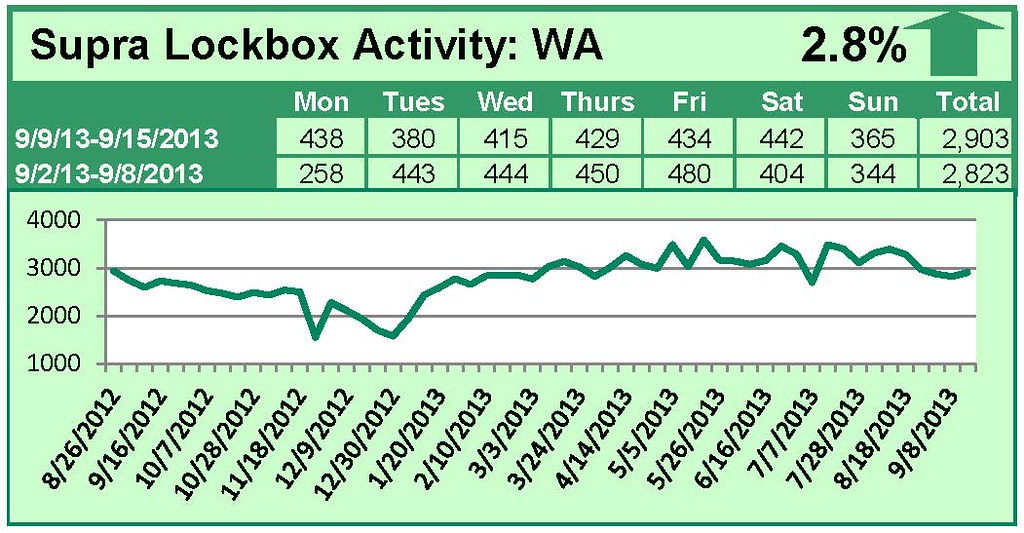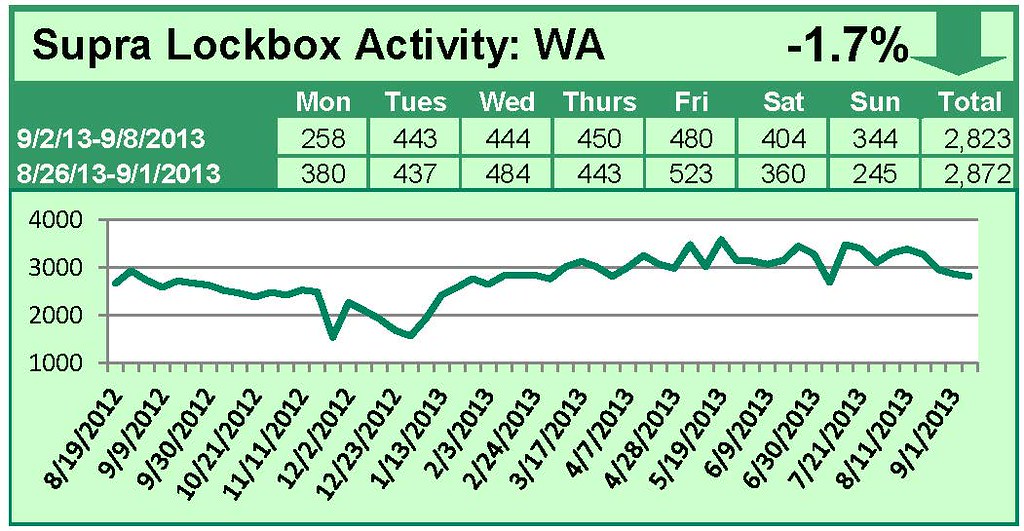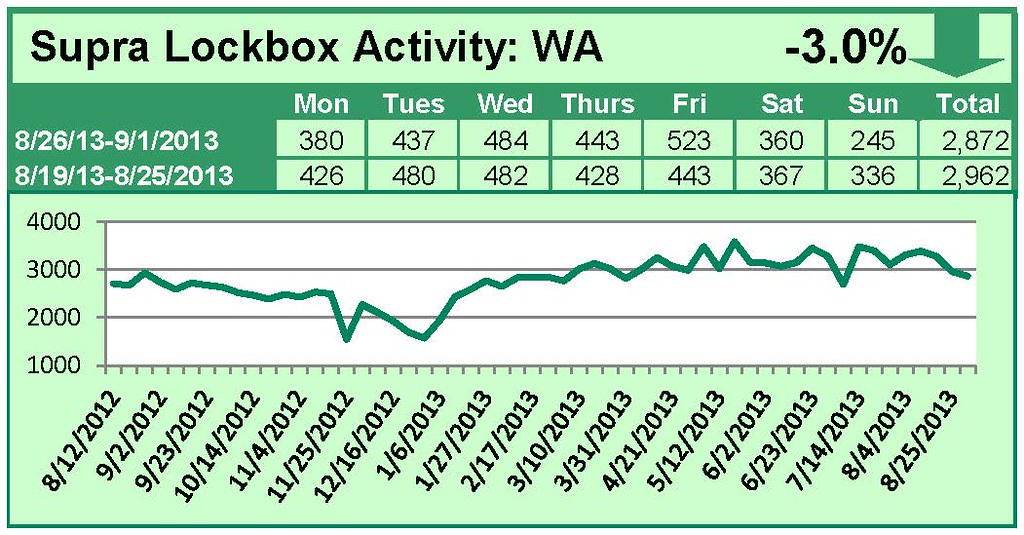Tips and Resources for REALTOR® Safety Month
 Safety should never be relegated to just one month, but September is REALTOR® Safety Month. This year marks the 10th year of the National Association of REALTORS® (NAR) dedicating a month to REALTOR® safety. Every year more and more alarming (and sometimes bizarre!) stories emerge from our subscribers: robberies, creeps, and fools. Every year RMLS™ strives to give subscribers resource material to better educate and protect themselves.
Safety should never be relegated to just one month, but September is REALTOR® Safety Month. This year marks the 10th year of the National Association of REALTORS® (NAR) dedicating a month to REALTOR® safety. Every year more and more alarming (and sometimes bizarre!) stories emerge from our subscribers: robberies, creeps, and fools. Every year RMLS™ strives to give subscribers resource material to better educate and protect themselves.
Top Tips from NAR (and Me)
The following are the four most paramount tips NAR would like to pass on:
- Have office guests sign in. At the office, use a visitor log book where potential clients fill out a customer identification form. Remember to check IDs.
- Don’t disclose too much personal information online. Consider setting up separate personal and business accounts on Facebook, Twitter, and other social media sites. This will help protect your personal photos, posts, and other information from people you don’t know.
- Familiarize yourself with the properties you’re showing. If you are showing a vacant house, walk the perimeter of the property before you or your client enter to look for signs that someone has been or is currently inside.
- Note your escape route. When showing a property, leave the front door unlocked for a quick exit if needed. As you walk through a house, let the client enter rooms ahead of you.
And my personal favorite tips:
- Tell people where you are going if meeting someone alone or for the first time. You can also go so far as to have a colleague call you at a certain time if you are nervous about the meeting. Mention the name of who you’re meeting and even set an estimated time of return.
- Reasonable people will answer reasonable questions. For instance, there has been a rash of would-be buyers who are offended when asked to provide proof of funds for an all-cash transaction or who become upset if you can’t meet with them under their conditions. While it’s not always the case, dramatic reactions to seemingly benign questions or comments should raise concern.
- Advise your sellers of the possibilities. Tell them to lock up all valuables, especially small items such as prescription bottles, checks, and jewelry. Even at a brokers’ tour with the most seasoned agent, someone who doesn’t look suspicious who says they were in the neighborhood and saw the sign can wreak havoc and you know the rest.
Technology. Whew, What They Can Do These Days!
In our last safety post, we discussed internet resources REALTORS® could utilize to be notified should their listings be hijacked by scam artists and posted on sites like Craigslist and even Trulia. Now you can empower yourself with applications on your mobile devices. Smartphones have become ubiquitous in the real estate industry. Safety applications go beyond just panic button capabilities these days. Some applications utilize GPS coordinates for emergency response while others offer speed dialing or automated emergency messages that go to designated numbers. As new apps become available every day, check your mobile device’s app store for the latest offers and information.
That said, still protect your personal information in case your phone is stolen or compromised. Consider installing a tracking device on your phone where you can remotely access it from a computer. Device passwords should be unique and free from obvious patterns like 4-3-2-1 or 1-3-7-9 (the four corners of a key pad). Read on at REALTOR.org for a comprehensive list of safety precautions for your valuables and yourself beyond those mentioned here.
Speaking of helpful resources, NAR has an archive of safety webinars for REALTORS® that include all they released in the last four years. Webinar topics on the archive include open house safety, online safety, office layouts, and removing dangers specific to distressed properties. This kind of information can be great to touch on either briefly at an office meeting, or NAR has a variety of full presentations available for your staff.
Trust your instincts, be aware of your surroundings, and always listen to the little voice, no matter how cliched or cynical, that says if something looks too good to be true…
Happy REALTOR® Safety Month, and if you would like to report an incident or concern regarding safety or fraud to RMLS™, please contact me at kelly.m@rmls.com.









